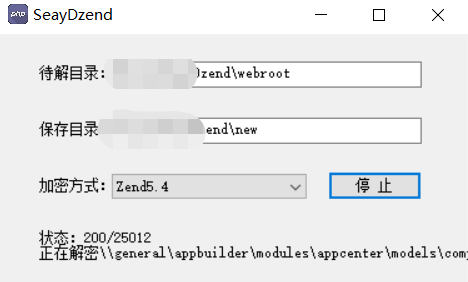
I want to disable File button. For example, I have this code.
<customUI xmlns="http://schemas.microsoft.com/office/2009/07/customui">
<backstage>
<button idMso="FileSave" visible="false"/>
<button idMso="FileSaveAs" visible="false"/>
<button idMso="FileOpen" visible="false"/>
<button idMso="FileClose" visible="false"/>
<button idMso="ApplicationOptionsDialog" visible="false"/>
<button idMso="FileExit" visible="false"/>
<button idMso="HistoryTab" visible="false"/>
<button idMso="OfficeFeedback" visible="false"/>
<button idMso="ShareDocument" visible="false"/>
<tab idMso="TabInfo" visible="false"/>
<tab idMso="TabRecent" visible="false"/>
<tab idMso="TabNew" visible="false"/>
<tab idMso="TabPrint" visible="false"/>
<tab idMso="TabShare" visible="false"/>
<tab idMso="TabHelp" visible="false"/>
<tab idMso="TabPublish" visible="false"/>
<tab idMso="TabSave" visible="false"/>
<tab idMso="TabOfficeStart" visible="false"/>
<tab idMso="Publish2Tab" visible="false"/>
<tab idMso="TabOfficeFeedback" visible="false"/>
</backstage>
</customUI>
This code controls only the backstage tab, not the File button. I want to control the file button directly.
The best way I think is to keep the file button invisible.
How can I control File button using this method? Or is there a better way?


